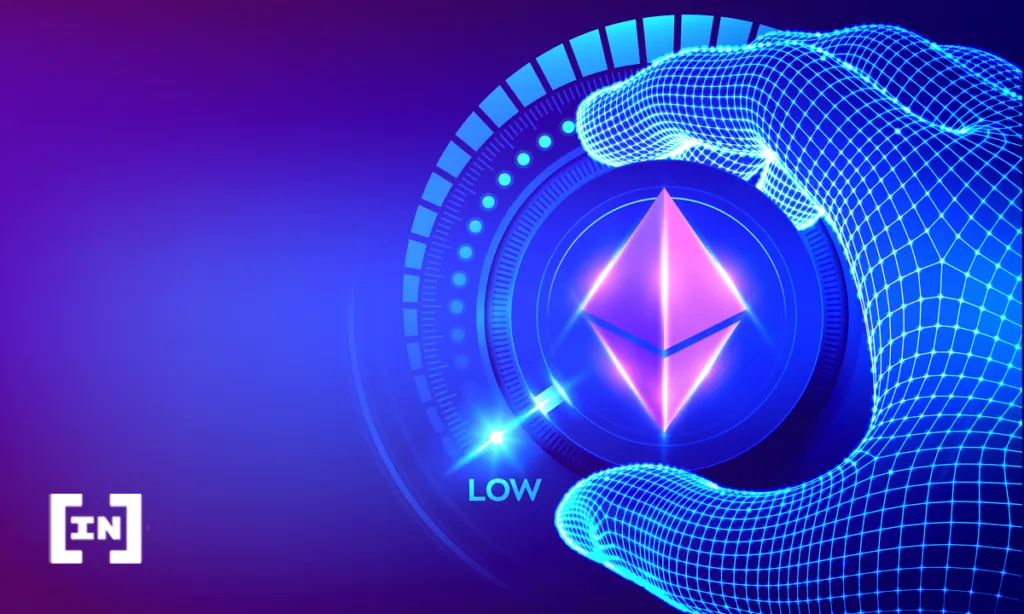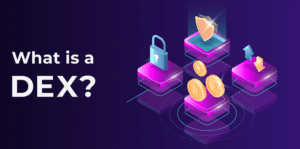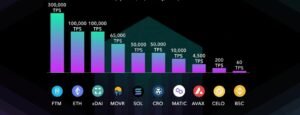Smart contracts are self-executing programs that run on blockchain networks like Ethereum, enabling decentralized applications (dApps) and trustless transactions. If you’re new to blockchain development, this beginner-friendly guide will introduce you to Ethereum smart contract development, explain key concepts, and walk you through the process of writing and deploying your first smart contract using Solidity. No prior blockchain experience is required!
What Are Ethereum Smart Contracts?
A smart contract is a piece of code that automatically executes predefined actions when certain conditions are met. On Ethereum, smart contracts are written in languages like Solidity and deployed to the blockchain, where they run securely and transparently. For example, a smart contract could automatically transfer funds between parties when a deal is finalized, without needing a middleman.

Why Learn Smart Contract Development?
Smart contract development is a valuable skill in the growing blockchain industry. Here are a few reasons to dive in:
- Decentralized Innovation: Build dApps for finance, gaming, or supply chain management.
- Career Opportunities: Blockchain developers are in high demand.
- Community Impact: Contribute to open-source projects and decentralized ecosystems.
With Ethereum being the most popular platform for smart contracts, learning to develop on it opens up endless possibilities.
Tools You’ll Need
Before writing your first smart contract, you’ll need to set up a development environment. Here are the essential tools:
- MetaMask: A browser extension wallet to interact with Ethereum networks.
- Remix IDE: A web-based editor for writing, testing, and deploying Solidity code.
- Node.js: Required for local development and package management.
- Truffle or Hardhat: Frameworks to streamline smart contract development and deployment.
- Testnet: A test network like Sepolia to deploy contracts without spending real Ether.

Writing Your First Smart Contract
Let’s create a simple smart contract using Solidity, Ethereum’s primary programming language. The following example is a basic contract that stores and retrieves a number.
Step 1: Set Up the Contract
Open Remix IDE (remix.ethereum.org) and create a new file called Storage.sol. Copy the code below:
pragma solidity ^0.8.0;
contract Storage {
uint256 number;
function store(uint256 _number) public {
number = _number;
}
function retrieve() public view returns (uint256) {
return number;
}
}
This contract defines a variable number, a function to store a new value (store), and a function to retrieve the value (retrieve).

Step 2: Compile the Contract
In Remix, go to the “Solidity Compiler” tab, select the appropriate compiler version (e.g., 0.8.0), and click “Compile Storage.sol.” If there are no errors, you’re ready to deploy.
Step 3: Deploy to a Testnet
Connect MetaMask to the Sepolia testnet and fund your wallet with test Ether from a faucet like sepoliafaucet.com. In Remix, select “Injected Provider – MetaMask” in the “Deploy & Run Transactions” tab, then deploy the contract. Confirm the transaction in MetaMask.

Step 4: Interact with the Contract
Once deployed, you’ll see the contract’s functions in Remix. Call store with a number (e.g., 42), then call retrieve to verify the stored value. Congratulations—you’ve deployed your first smart contract!
Testing and Debugging
Testing is critical to ensure your smart contract works as intended. Use these approaches:
- Remix Testing: Test functions directly in Remix’s interface.
- Truffle/Hardhat Tests: Write automated tests in JavaScript or TypeScript.
- Gas Optimization: Check gas usage in Remix to make your contract cost-efficient.
Debugging tip: If a transaction fails, check the error message in Remix or MetaMask for clues.
Best Practices for Smart Contract Development
Smart contracts are immutable once deployed, so follow these best practices to avoid costly mistakes:
- Keep It Simple: Avoid complex logic to reduce vulnerabilities.
- Use Established Libraries: Leverage OpenZeppelin for secure, audited code.
- Audit Your Code: Have your contract reviewed by professionals before deploying to the mainnet.
- Test Thoroughly: Simulate edge cases to ensure reliability.

Next Steps in Smart Contract Development
Now that you’ve built a basic smart contract, here’s how to level up:
- Learn Advanced Solidity: Explore events, modifiers, and inheritance.
- Build a dApp: Create a front-end interface using Web3.js or Ethers.js.
- Join the Community: Participate in Ethereum forums or hackathons.
Resources like Ethereum’s official documentation and Solidity’s documentation are great places to continue learning.
Conclusion
Ethereum smart contract development is an exciting way to dive into blockchain technology. By starting with simple contracts in Solidity and using tools like Remix and MetaMask, you can quickly build and deploy your own decentralized solutions. Keep practicing, stay curious, and follow best practices to create secure and efficient smart contracts. The blockchain world is waiting for your ideas!






















